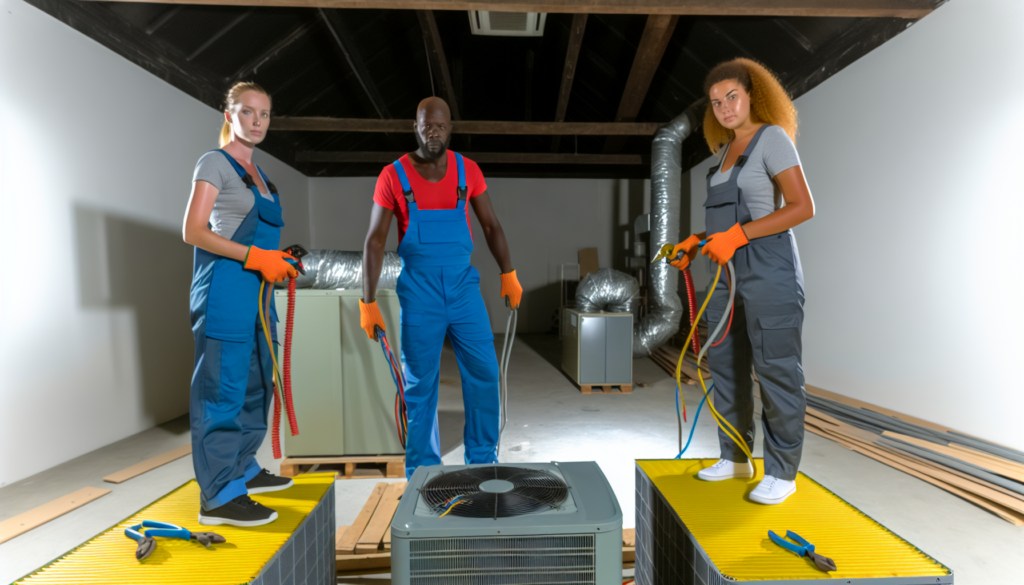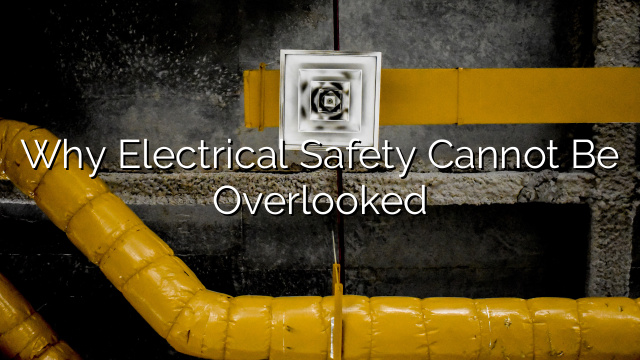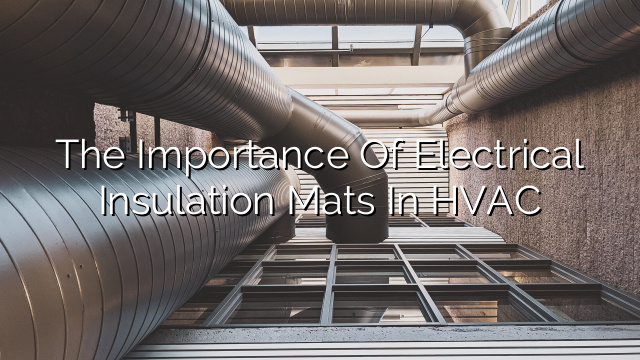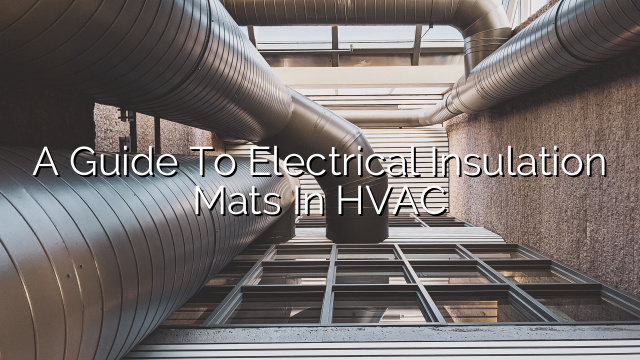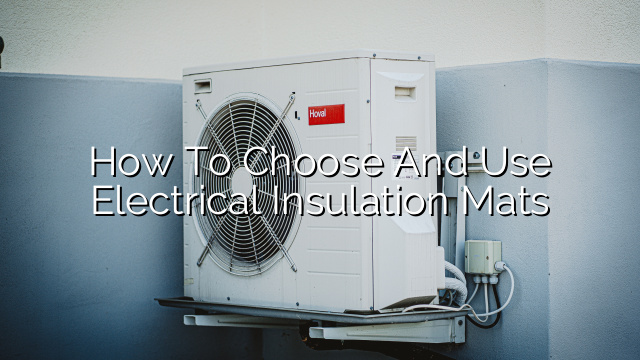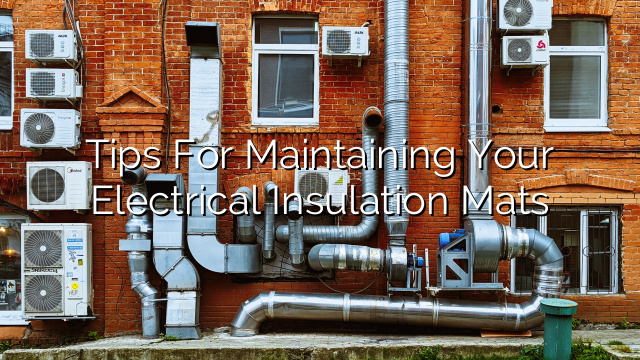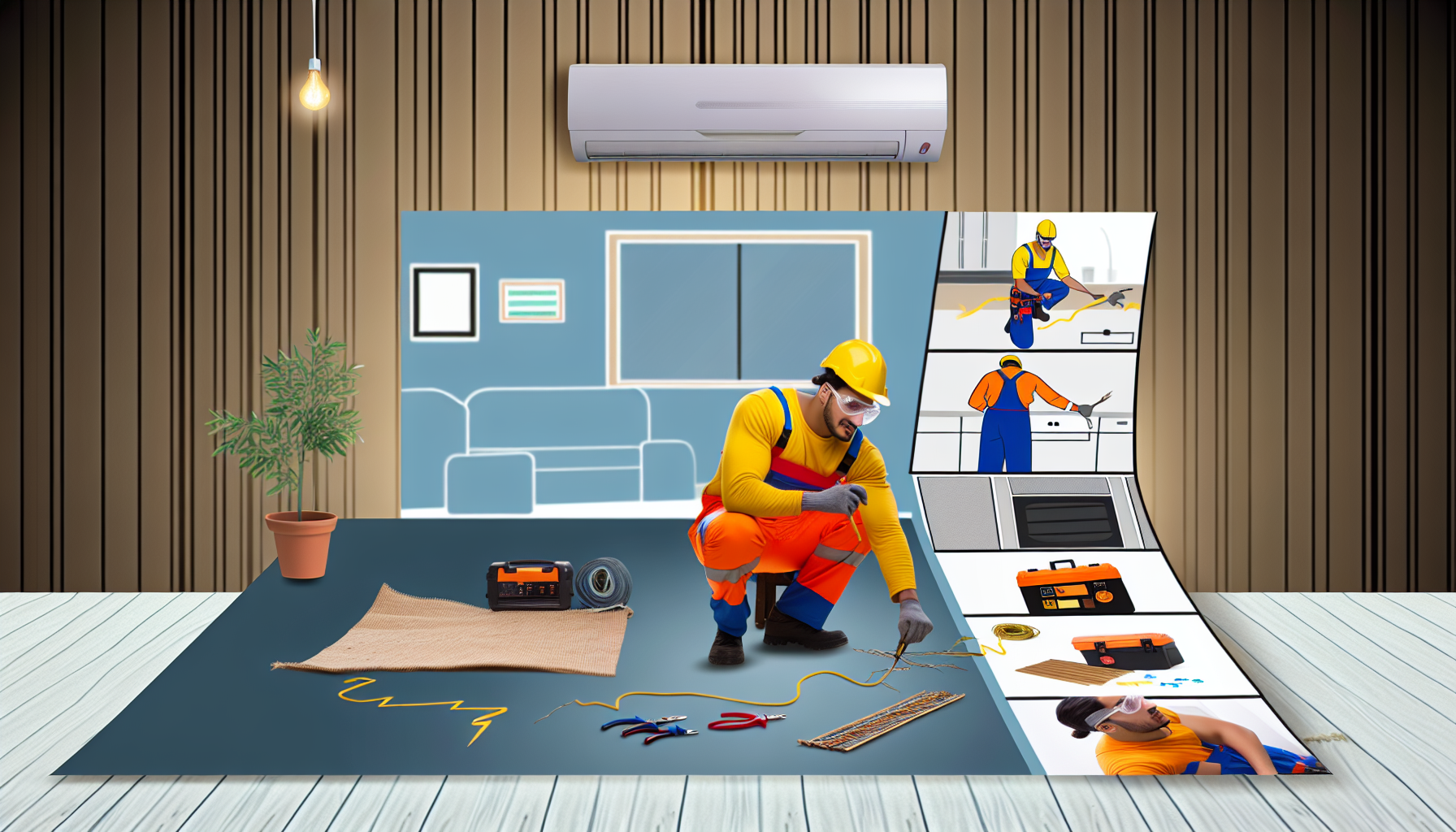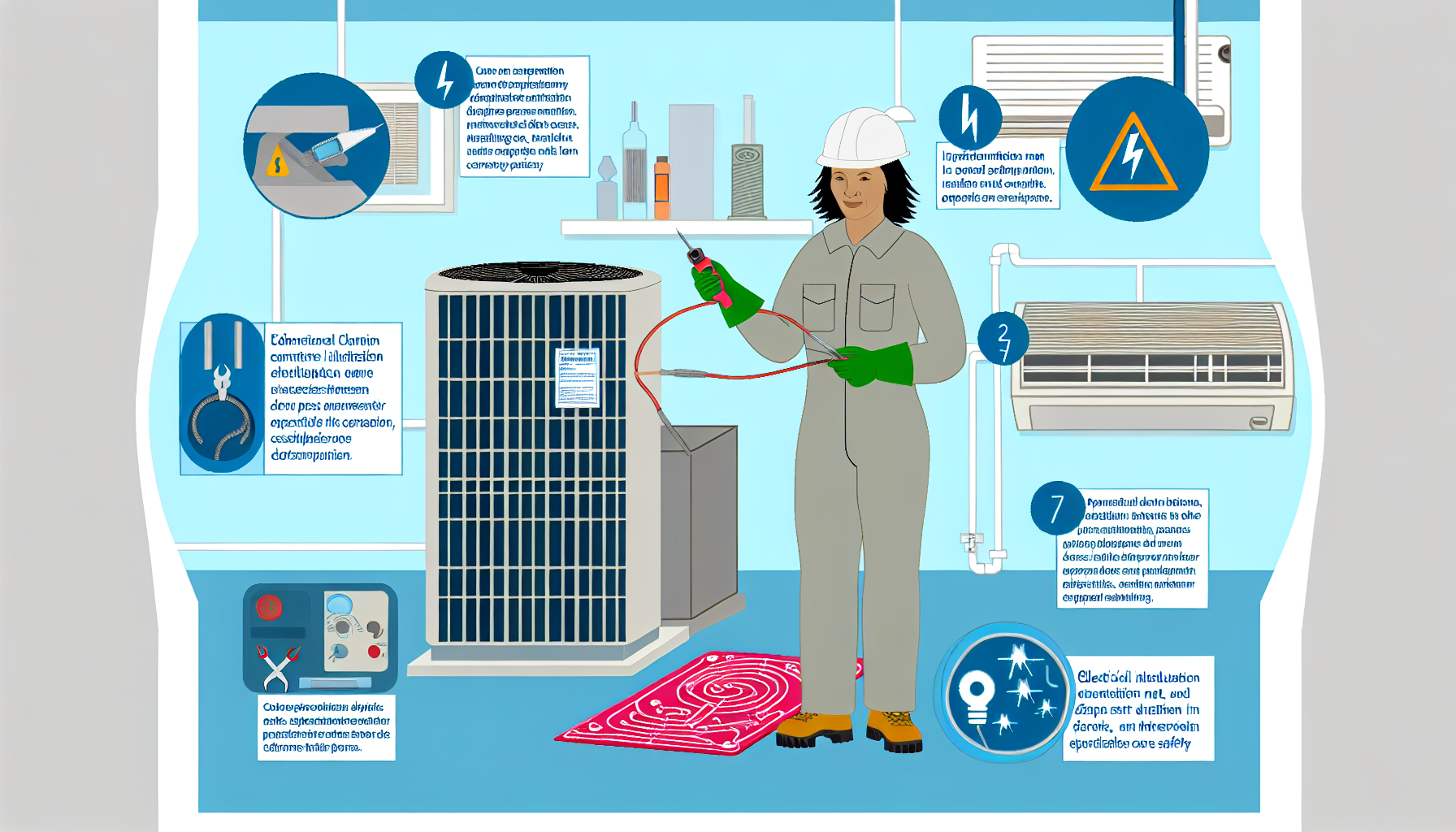Understanding the Importance of Electrical Insulation Mats for HVAC Teams
Safety should always be a top priority, especially when it comes to trades that involve handling electrical systems. HVAC (Heating, Ventilation, and Air Conditioning) professionals are no strangers to the risks posed by electricity. As a result, one of the most crucial pieces of safety equipment for any HVAC team is the electrical insulation mat. These mats are designed to protect workers from electrical shocks and currents that can cause serious injury or even death. In this post, we’ll delve into why electrical insulation mats are essential for the wellbeing of your HVAC team and how you can integrate them into your safety protocols.
What Are Electrical Insulation Mats?
Electrical insulation mats are protective industrial floor mats made from high-dielectric strength materials. They are designed to insulate individuals from electrical charges. These mats commonly consist of rubber or vinyl compounds that provide resistance to electrical current and help to prevent the flow of electricity.
The Significance of Electrical Insulation Mats in HVAC Work
HVAC technicians frequently work in environments where they are exposed to electrical hazards. Whether they are installing, repairing, or maintaining systems, there’s always a risk of encountering live wires or charged equipment. Electrical insulation mats serve as the last line of defense against potential electric shock.
Enhanced Safety
For HVAC teams, working without proper insulation can lead to accidents and injuries. Electrical insulation mats provide a barrier between the worker and the ground, reducing the risk of electrocution.
Compliance with Safety Regulations
Various international and national standards—such as ASTM, OSHA, and IEC—require that certain precautions be taken when working with or near electrical installations. Using electrical insulation mats is one way to comply with these regulations and standards.
Improved Productivity
If your team feels safe, they will be able to focus better on the task at hand. The use of insulation mats can also prevent downtime caused by accidents, leading to improved productivity.
Long-Term Cost Savings
While there is an upfront cost for acquiring high-quality insulation mats, the long-term savings associated with preventing injuries and maintaining compliance with safety standards can be significant.
Types of Electrical Insulation Mats
There are various types of electrical insulation mats, each with specific features that make them suitable for different kinds of environments and voltage levels.
Rubber Insulation Mats
Rubber mats are the most commonly used type due to their durability and high resistance to electricity. They can be used in a variety of settings and with different voltage levels.
Switchboard Mats
These are specifically designed for areas where switchboard operators work. They have a diamond or ribbed pattern for additional traction and safety.
Dielectric Carpets
Dielectric carpets are another option, often used in more permanent locations. These provide the same protection but in a form that can be installed as flooring, offering a larger protective surface area.
Selecting the Right Electrical Insulation Mat for Your HVAC Team
In choosing the right electrical insulation mat, several factors must be taken into consideration.
Determine the Voltage Protection Rating
Check the voltage protection rating of the mat. This rating indicates the maximum voltage the mat can handle, and it should exceed the highest voltage workers might be exposed to.
Consider the Work Environment
The type of environment in which the HVAC team works will influence the choice of insulation mat. For instance, if the environment is prone to moisture or chemicals, a mat with chemical resistant properties might be necessary.
Check for Durability and Compliance with Standards
Look for mats that are built to last and comply with international safety standards like ASTM D178 standards.
Assess the Mat’s Physical Features
Consider the mat’s thickness, size, and surface texture. Each of these features can impact its efficacy and suitability for different working conditions.
Installing and Maintaining Electrical Insulation Mats
Proper installation and maintenance are crucial to ensure that electrical insulation mats remain effective and safe to use over time.
Installation
Follow the manufacturer’s instructions for installing the insulation mats. They should be laid flat on the floor with no wrinkles or folds that could be trip hazards.
Regular Inspections
Conduct regular inspections for wear and tear, and replace any mat that shows signs of damage to maintain protection levels.
Cleaning and Maintenance
Keep the mats clean and dry to preserve their insulating properties. Use recommended cleaning solutions and methods that do not degrade the material.
Storage
When not in use, mats should be stored in a cool, dry place away from direct sunlight and extreme temperatures to prevent degradation of the material.
Frequently Asked Questions
Here are some commonly asked questions about electrical insulation mats and their usage in the HVAC industry.
Why are electrical insulation mats essential for HVAC technicians?
Electrical insulation mats are essential for HVAC technicians because they work in environments where they are at risk of electrical shock. These mats provide a protective barrier to prevent electrocution.
What should I consider when selecting an electrical insulation mat?
- Voltage protection rating
- Work environment characteristics
- Durability
- Safety standard compliance
- Physical features such as thickness, size, and texture
How do I maintain an electrical insulation mat?
- Follow the manufacturer’s installation guidelines
- Perform regular inspections for damage or wear and tear
- Clean with recommended solutions only
- Store properly when not in use
Are electrical insulation mats required by law?
In many regions, using electrical insulation mats is a legal requirement for safety compliance in environments where workers are exposed to electrical hazards.
Can these mats wear out over time?
Yes, like any safety equipment, electrical insulation mats can wear out over time, which is why regular inspections and maintenance are crucial.
By integrating electrical insulation mats into your safety protocols, you are making a significant investment in the health and safety of your HVAC team. By choosing mats that fit the specific needs of your work environment, maintaining them well, and ensuring your team knows how to use them correctly, you can ensure a safer workplace and peace of mind for everyone involved.

